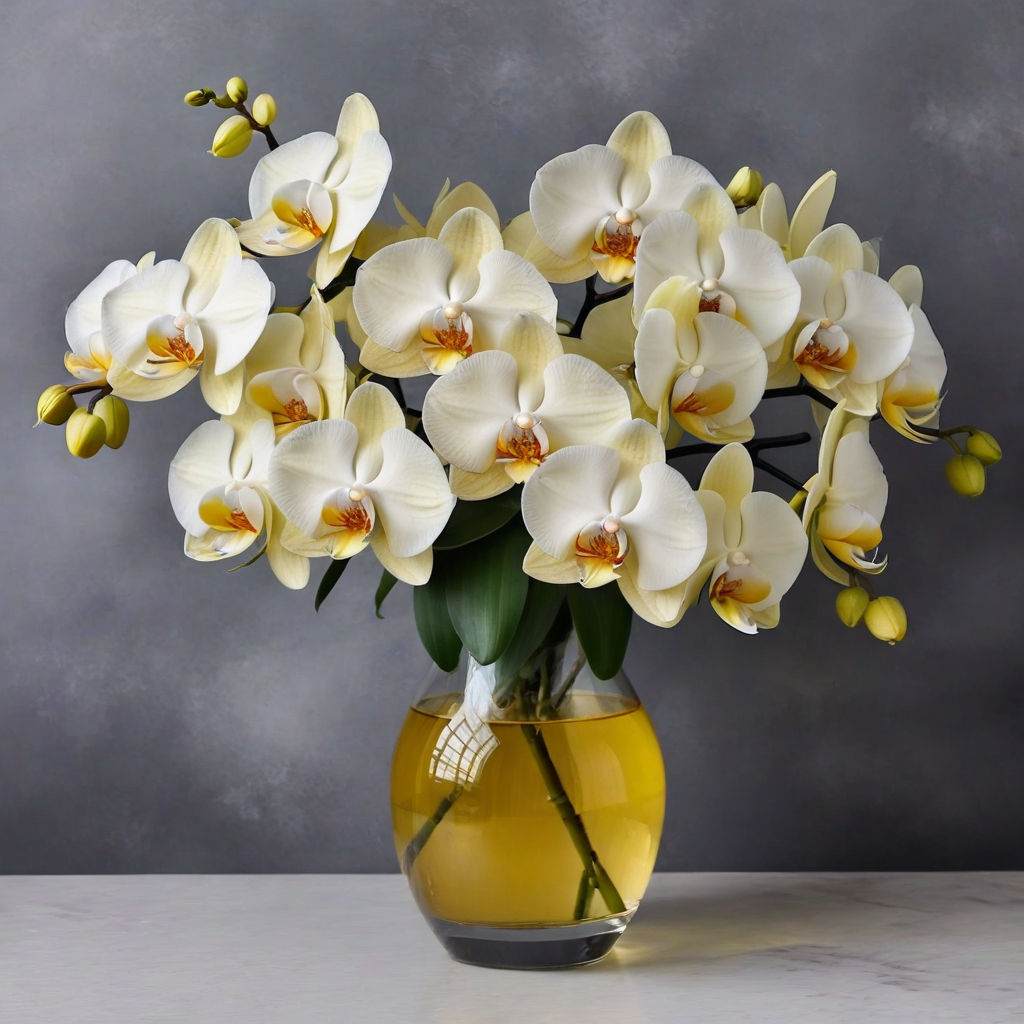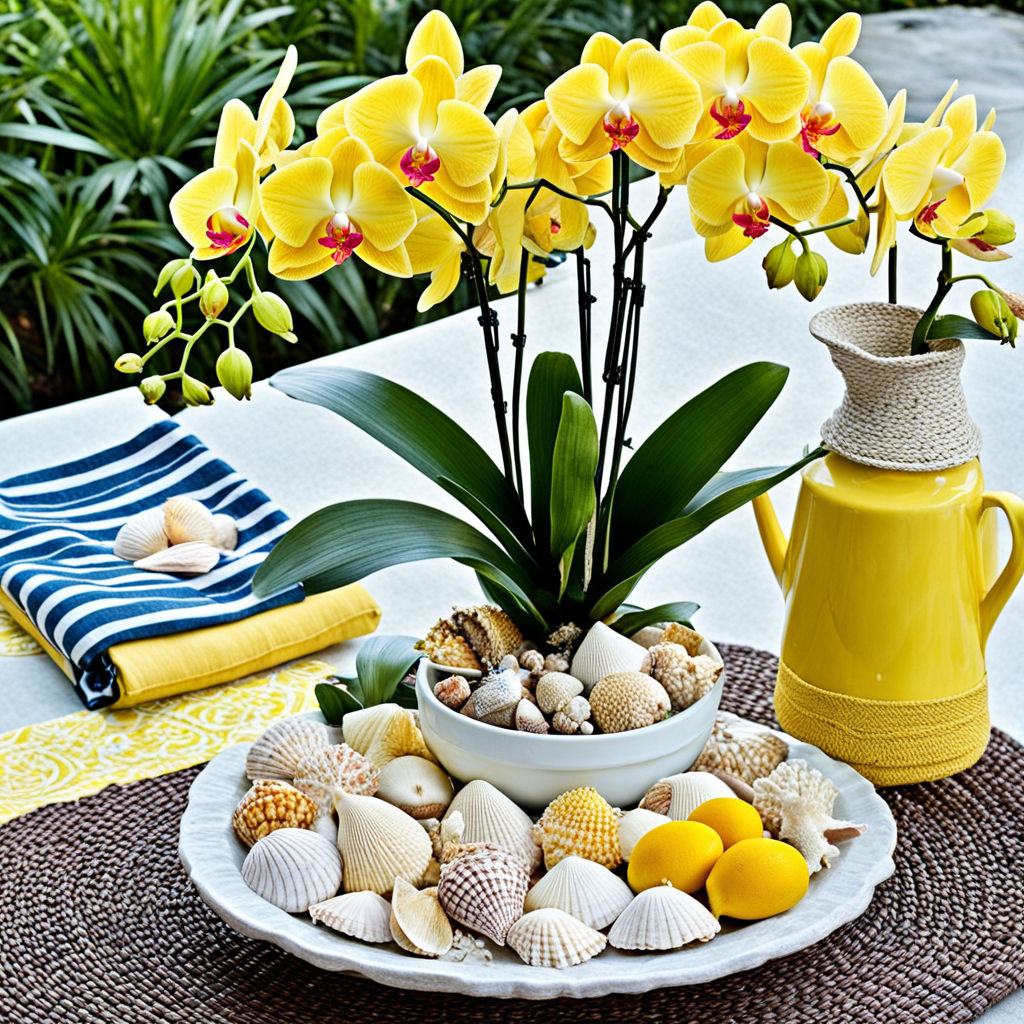
Yellow orchids are celebrated for their vibrant hues and unique charm, capturing the admiration of orchid enthusiasts and gardeners alike. These captivating flowers stand out due to their striking shades of yellow, ranging from pale lemon to deep gold, often accented with intricate patterns and markings. The allure of yellow orchids lies not only in their color but also in their elegant structure, which includes delicate petals, a prominent lip, and often a subtle fragrance that adds to their appeal.
The popularity of yellow orchids can be attributed to their ability to brighten any space, making them a favored choice for indoor decoration and garden displays. Their radiant colors evoke feelings of joy and positivity, enhancing the ambiance of any environment. Moreover, yellow orchids are known for their diverse growth habits. Some species prefer the stability of pots, while others thrive when mounted on trees or rocks, displaying their epiphytic nature. This adaptability makes them suitable for various horticultural settings and care preferences.
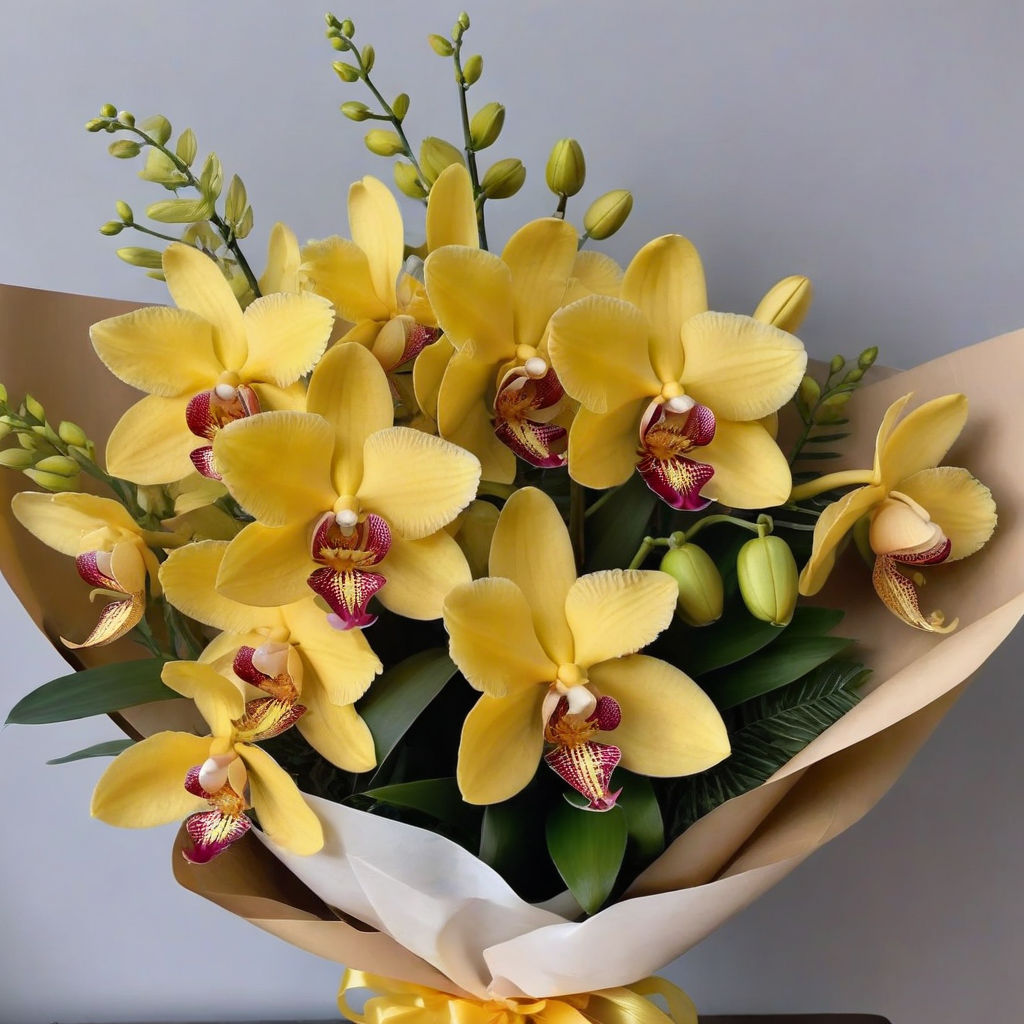
In addition to their aesthetic appeal, yellow orchids are appreciated for their symbolic meanings. Often associated with friendship, new beginnings, and joy, they are a thoughtful gift for many occasions. Their exotic beauty and the cheerful vibe they impart make them stand out among other orchid colors, ensuring they are a centerpiece in any orchid collection.
Overall, yellow orchids are a testament to the diversity and splendor of the orchid family. Their vibrant color palette, unique floral structure, and adaptability in various growing conditions contribute to their enduring popularity. Whether used to brighten a home or as a symbol of goodwill, yellow orchids remain a cherished choice for enthusiasts and gardeners worldwide.

Popular Yellow Orchid Species in Florida
Yellow orchids captivate with their vibrant hues and intricate forms. Among the most popular species, the Phalaenopsis, also known as the Moth Orchid, is particularly beloved. Native to Southeast Asia, this species thrives in warm, humid environments. The Phalaenopsis stands out for its broad, fleshy leaves and long-lasting blooms. Yellow varieties often feature striking patterns and are easy to care for, requiring indirect light and moderate watering, making them ideal for beginners.
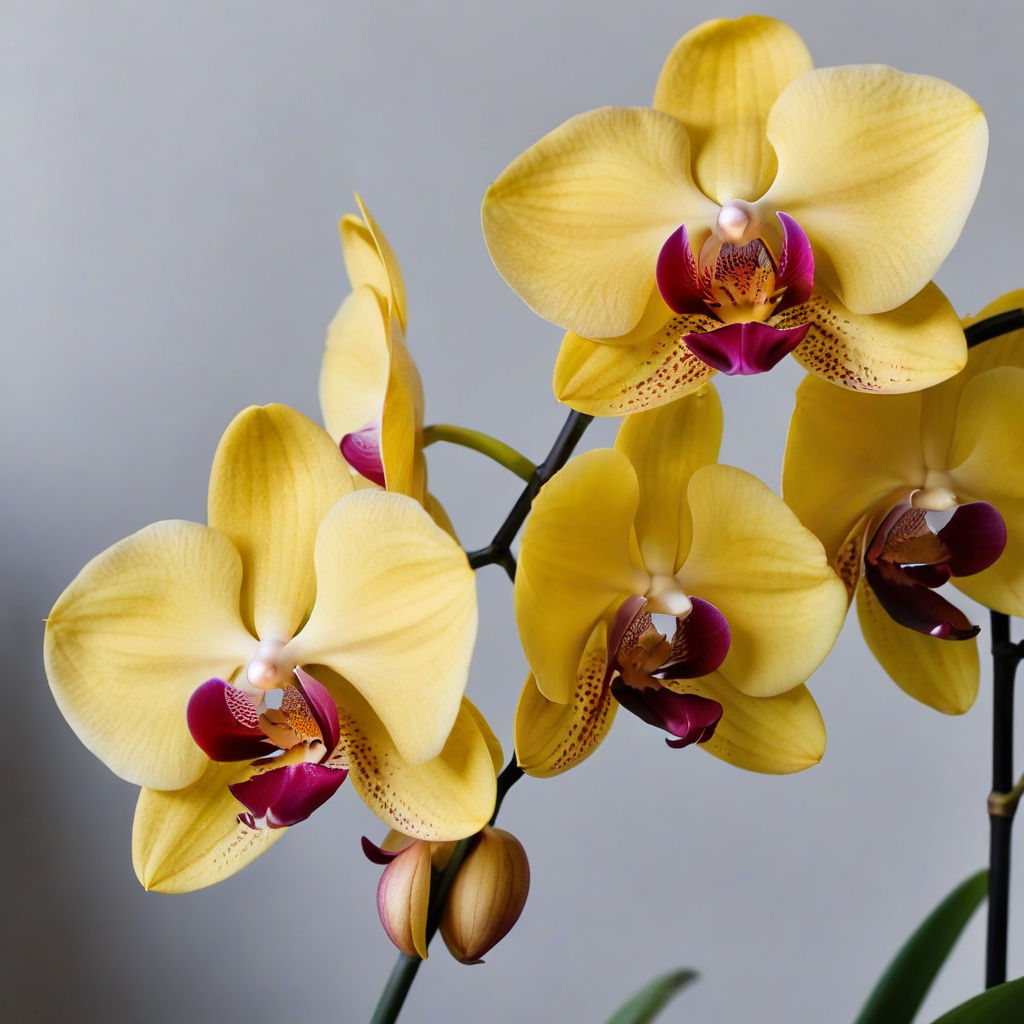
Another favored species is the Dendrobium, which encompasses a diverse array of orchids found across Asia and the Pacific. Dendrobiums are known for their canelike stems and diverse flower shapes. Yellow Dendrobiums, such as Dendrobium nobile, flourish in bright, indirect light and need a balance of moisture and air circulation. They are appreciated for their resilience and ability to produce multiple blooms on each stem.
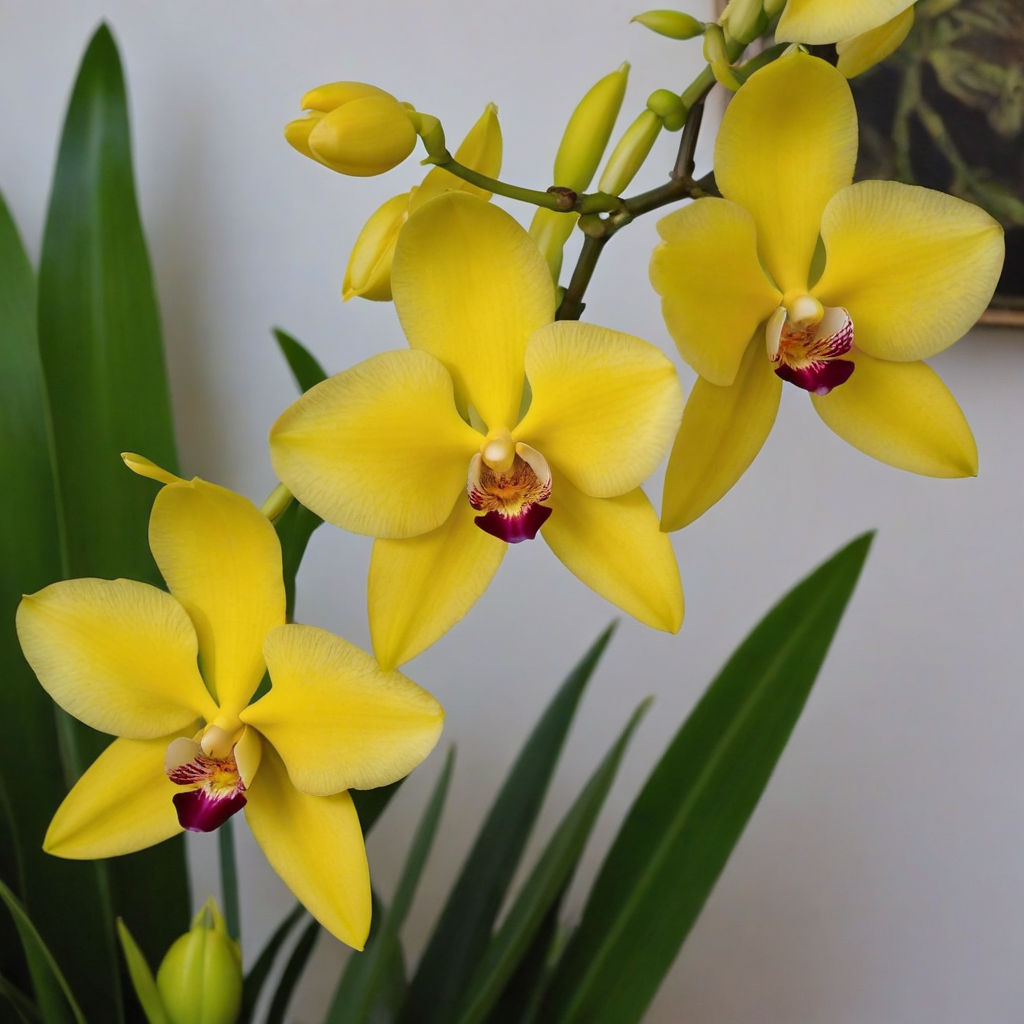
The Cymbidium orchids, hailing from the cooler regions of Asia, are also highly regarded. These orchids are characterized by their grass-like foliage and clusters of large, waxy flowers. Yellow Cymbidiums are notable for their vibrant color and longevity. They prefer bright, indirect light and require cooler temperatures to induce flowering. Their hybrids, such as the Cymbidium Golden Elf, are particularly cherished for their prolific bloom cycles and delightful fragrance.
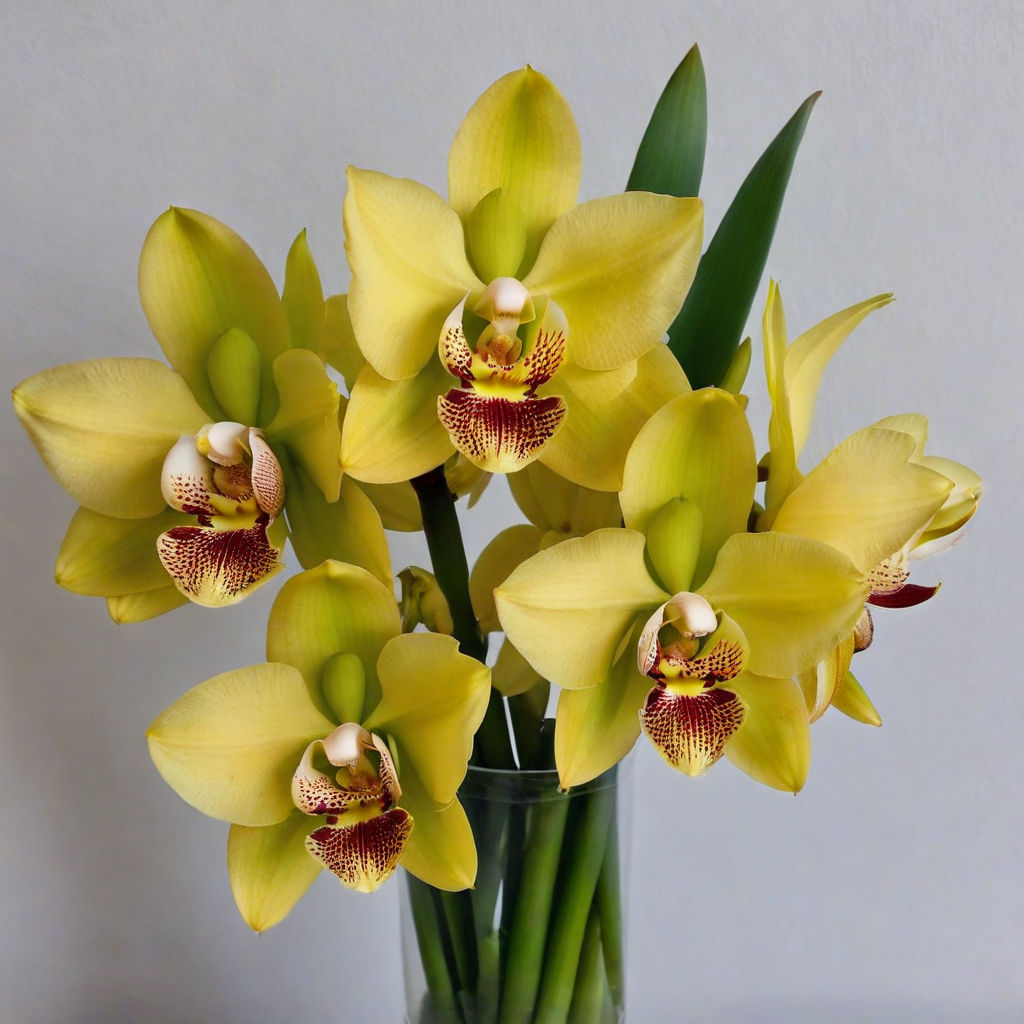
Lastly, the Oncidium, commonly referred to as the Dancing Lady Orchid, adds to the allure of yellow orchids. Native to tropical and subtropical Americas, Oncidiums exhibit a distinctive branched inflorescence with numerous small flowers. Yellow Oncidiums, like Oncidium Gower Ramsey, are prized for their cheerful color and ease of cultivation. They thrive in bright light and require regular watering with good drainage.
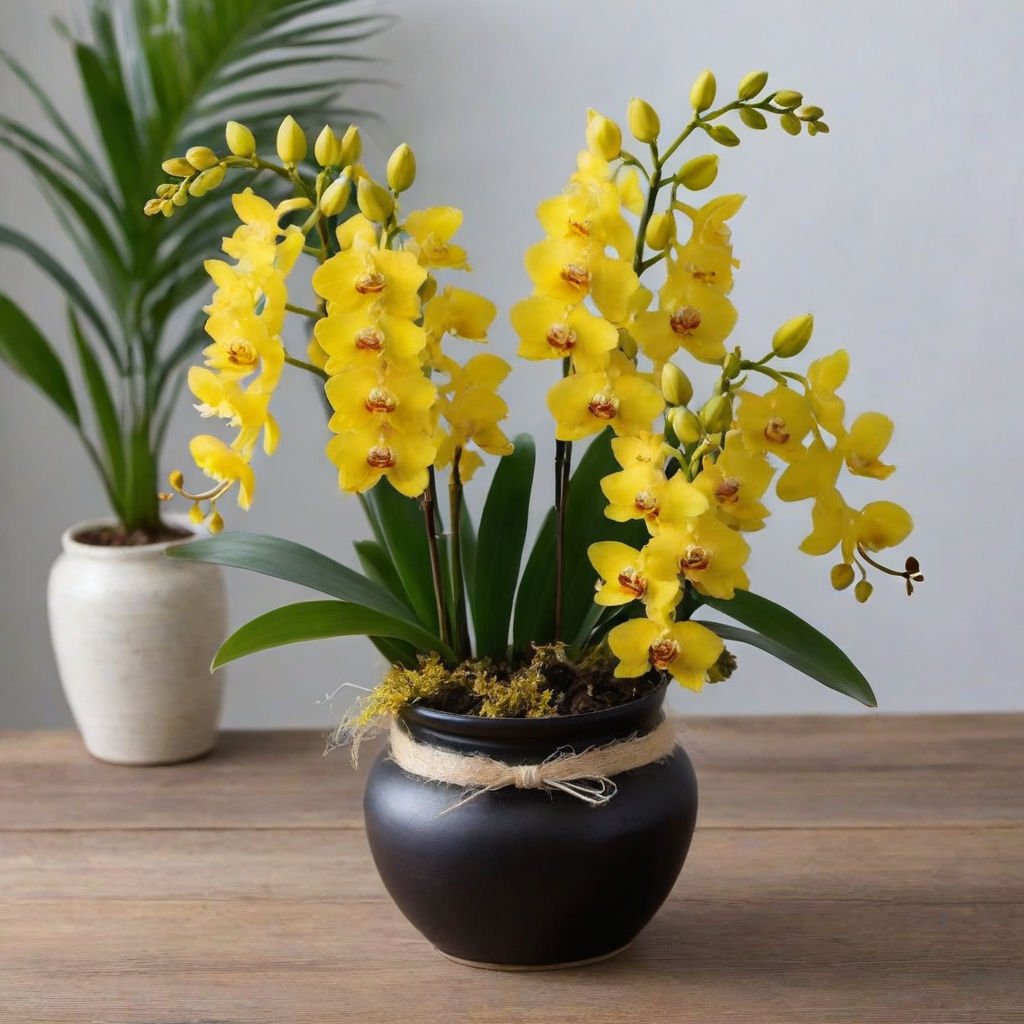
In addition to these species, numerous fascinating hybrids have been developed, each bringing unique characteristics and extending the appeal of yellow orchids. These hybrids often combine the best traits of their parent species, offering diverse options to orchid enthusiasts.
Symbolism and Cultural Significance of Yellow Orchids
Yellow orchids of Boca Raton, with their vibrant hue and delicate structure, hold a unique place in the world of flora, symbolizing various positive emotions and life events. Across different cultures, the color yellow is often associated with joy, friendship, and new beginnings, making yellow orchids an ideal gift to convey these sentiments.
In many Eastern cultures, yellow orchids are emblematic of prosperity and good fortune. They are often included in celebratory floral arrangements, especially during significant life events such as weddings and births. The bright yellow petals are believed to bring happiness and positive energy, making them a favored choice for auspicious occasions.
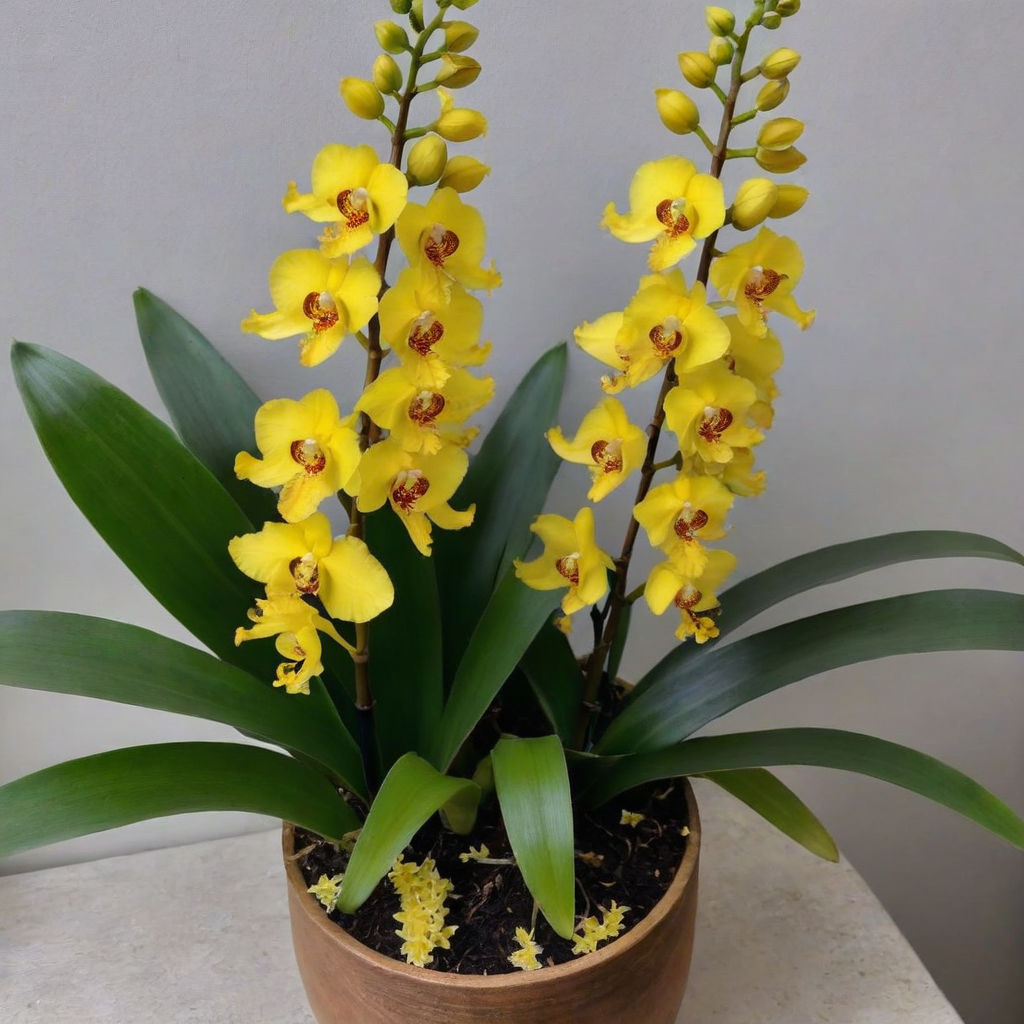
In Western cultures, yellow orchids are commonly associated with friendship and new beginnings. The vibrant yellow color of these orchids symbolizes the warmth and optimism that comes with new relationships and fresh starts. They are often gifted to friends and colleagues as a gesture of goodwill and encouragement, particularly during times of change or new ventures.
Historically, yellow orchids have been revered for their captivating beauty and rarity. In Victorian England, orchids were considered a symbol of luxury and exoticism. Yellow orchids, in particular, were prized for their cheerful and rare appearance. They were often featured in grand floral arrangements meant to impress and convey a sense of opulence.
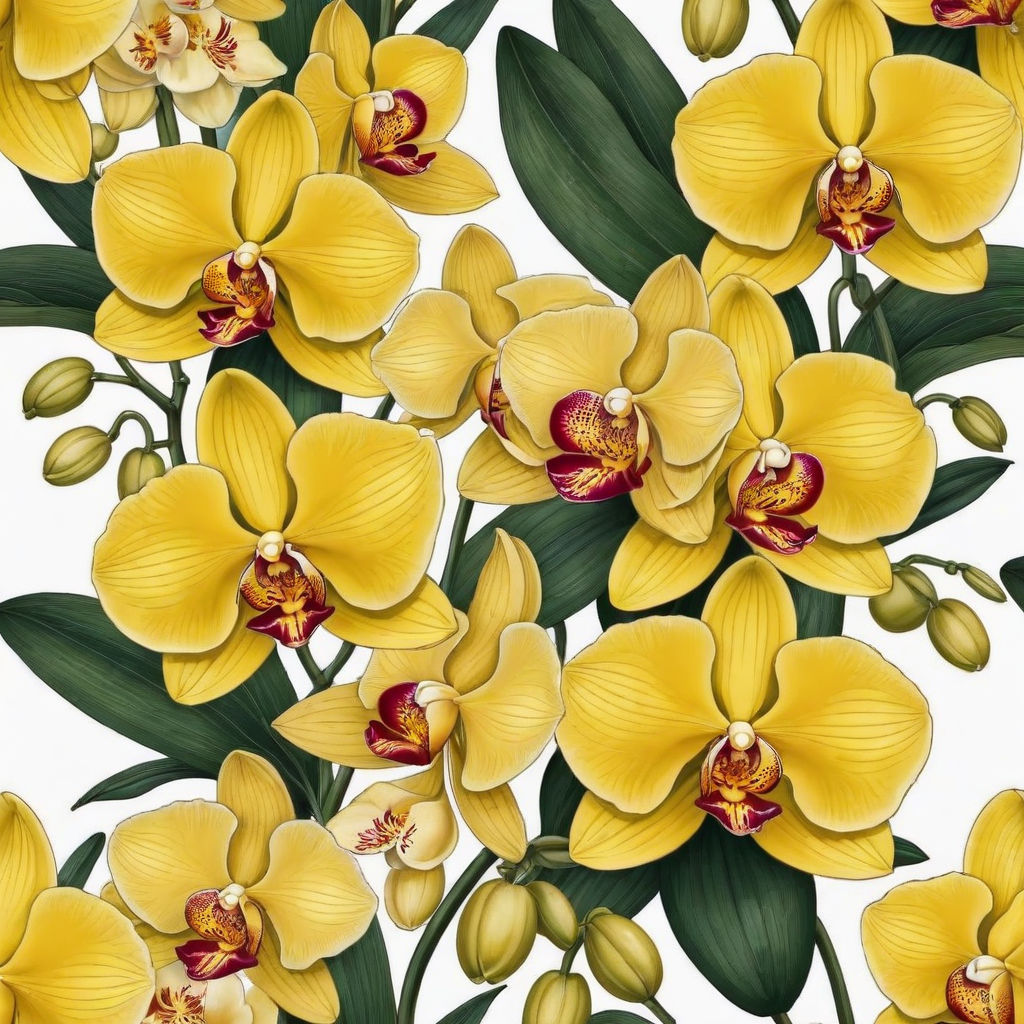
In contemporary floral design, yellow orchids are used to convey a range of messages. They can symbolize a cheerful greeting, a heartfelt congratulations, or a wish for happiness and success. Whether included in a bridal bouquet, a congratulatory arrangement, or a simple gift to brighten someone’s day, yellow orchids carry a message of positivity and warmth.
The symbolism of yellow orchids extends beyond mere aesthetics, encapsulating deep cultural meanings and emotional expressions. Their vibrant color and elegant form continue to make them a cherished choice in floral gifting and decoration, embodying joy, friendship, and new beginnings across various cultural landscapes.
Caring for Yellow Orchids: Tips and Tricks
Caring for yellow orchids can be a rewarding experience when done correctly. To ensure your yellow orchids thrive, it is essential to understand their specific care requirements. These include light, water, humidity, potting medium, fertilization, pest control, and repotting.
First and foremost, yellow orchids require the right amount of light. They thrive in bright, indirect sunlight. Direct sunlight can scorch their leaves, so placing them near an east or west-facing window with filtered light is ideal. If natural light is insufficient, you may use artificial grow lights to supplement their needs.
Watering is another crucial aspect. Yellow orchids prefer a consistent watering schedule, typically once a week. Overwatering can lead to root rot, so it is essential to let the potting medium dry out slightly between waterings. Using tepid water and ensuring proper drainage will help prevent waterlogging.
Maintaining the right humidity levels is also vital. Yellow orchids flourish in environments with 50-70% humidity. To achieve this, you can use a humidity tray, mist the leaves regularly, or employ a humidifier. Proper air circulation is equally important to prevent fungal infections and other issues.
Choosing the appropriate potting medium is essential for the health of your yellow orchids. A well-draining medium, such as a mix of bark, perlite, and sphagnum moss, is recommended. This allows for adequate aeration around the roots while retaining enough moisture.
Fertilization should be done sparingly. Use a balanced, water-soluble orchid fertilizer every two weeks during the growing season and reduce the frequency to once a month during the dormant period. Over-fertilizing can harm the plant, so always follow the instructions on the fertilizer package.
Pest control is important to keep your yellow orchids healthy. Regularly inspect your plants for signs of pests such as aphids, spider mites, and scale. If detected, treat the affected areas with insecticidal soap or neem oil. Keeping the plants clean and removing dead leaves and debris can also help prevent infestations.
Repotting should be done every two years or when the potting medium breaks down. This process involves gently removing the orchid from its current pot, trimming any dead or rotting roots, and placing it into a fresh potting medium. Repotting encourages new growth and ensures the plant has enough space to thrive.
Common problems such as yellowing leaves or lack of blooms can often be resolved by adjusting the care routine. Yellowing leaves may indicate overwatering, insufficient light, or nutrient deficiencies. Lack of blooms can be due to inadequate light or temperature fluctuations. Addressing these issues promptly will help your yellow orchids flourish and remain beautiful for years to come.
